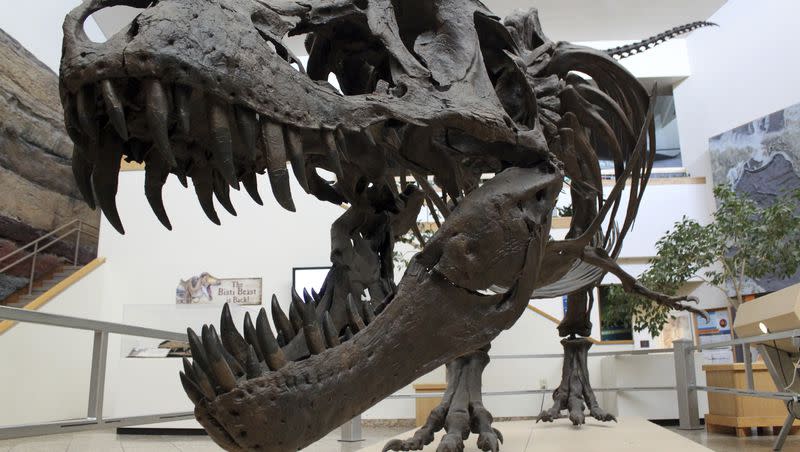New research reveals surprising culprit in dinosaur extinction — dust

New research reveals a surprising culprit in the extinction of the dinosaurs: dust.
Over 66 million ago, a giant asteroid struck the earth into what is now known as the Yucatán Peninsula. Known as the Chicxulub impact, this is largely recognized by scientists as what led to a mass extinction event that killed off three quarters of all species and threw the earth into a long, dark winter.
However, a study published Monday in Nature Geoscience reveals how rock dust that lingered in the atmosphere after the impact may have contributed more to the extinction of dinosaurs than previously thought.
Researchers, using computer simulations based on sediment layers from the Tanis paleontology site in North Dakota, found that fine silicate dust remained in the atmosphere for 15 years following the Chicxulub impact.
The dust in the atmosphere blocked sunlight, “contributing to a global-average surface temperature falling by as much as 15 degrees Celsius,” or 59 degrees Fahrenheit, the study claims.
Related
According to the simulations, there was a “dust-induced photosynthetic shutdown,” for two years post-impact.
“Dust could shut down photosynthesis for such a long time that it could pose severe challenges,” Cem Berk Senel, lead researchers of the study, told The Washington Post. “It could result in a chain reaction of extinction to all species in the food chain.”
Stephen Brusatte, a paleontologist at the University of Edinburgh told The New York Times, that studies like these can help people better understand what the world was like after the giant asteroid made impact.
“They help us empathize with T. rex, Triceratops and the other dinosaurs that woke up in the morning on the top of the food chain but by the end of the day were facing a world in chaos,” he said.

